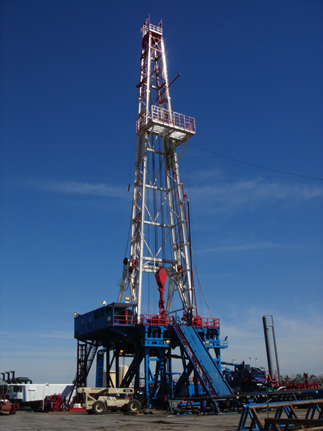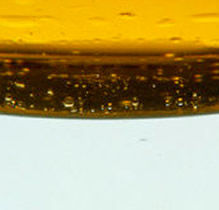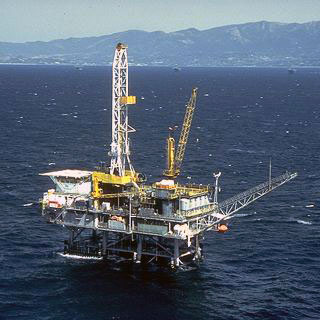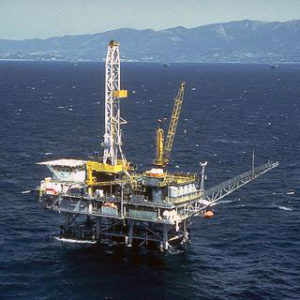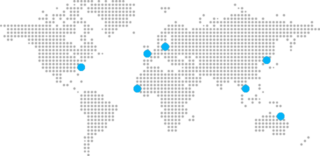Oil Water Separators are designed to effectively remove floating solids and non-emulsified oil from an oil and water mixture on a beginning to end flow process through the separator. The mixture of oil and water enters one end of the separator and slowly flows toward the other end. If oil and water are mixed and not emulsified, the oil originally exits the water in different sizes of droplets. When the drops of oil are large enough and the flow is laminar, or moving in a smooth and gentle flow with no turbulence, the oil droplets will separate before reaching the end of the separator tank.
Since the calculations of Stokes’ Law are supported on a zero velocity flow, a Reynolds number lower than 500 guarantees optimal separation. The majority of oil water separators commonly use the parallel corrugated plate design which causes oil droplets to enlarge in size and ascend to the surface of the water. Flow of oil and water through the oil water separator follows several main steps after entering the separator:
- Mixture particulates, heavier sludge drops from liquid and is confined in sludge hopper.
- Lighter weight particles from mixture travel up inclined plates.
- Inclined plates begin separating the mixture.
- Some oil will rise to the top of the separator.
- Particulates drop down into sludge hopper.
- Remaining mixture travels on through coalescing media packs.
- Most remaining small oil particles attach to media and coalesce with retained droplets.
- Retained droplets form larger oil droplets.
- Larger oil droplets float, rising to top of separator.
- Oil volume reaches a certain level and is pumped or drained to a storage tank.
- Clean water travels on to a chamber and goes through a final polishing pack.
- Clean water is discharged from the separator.
It is especially essential for the flow of the liquid through the oil water separator to be laminar to act in accordance with Stokes Law. To achieve this type of flow, a design that is cross-fluted and having an internal structure of connecting channels between adjoining plates can be used. With this design and the enlarged surface area, the effectiveness of the oil water separation process is greatly enhanced.




